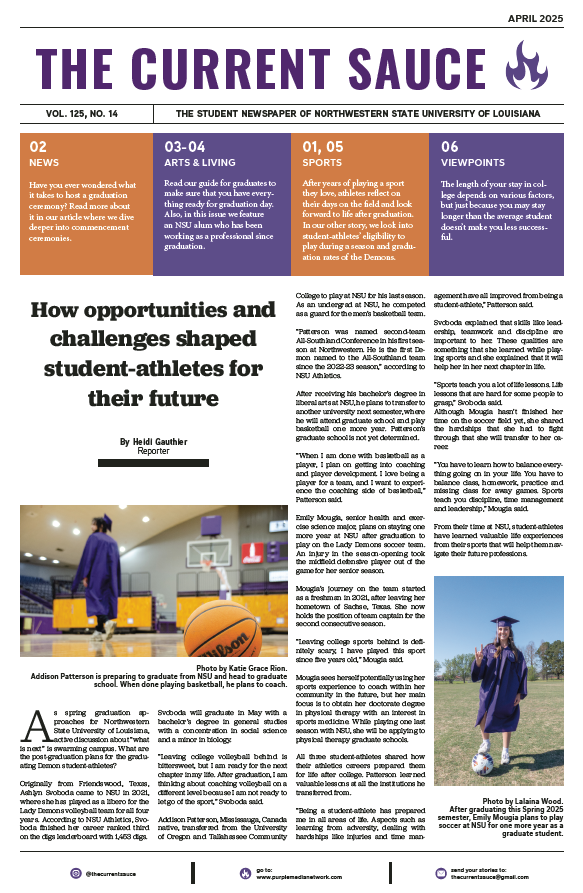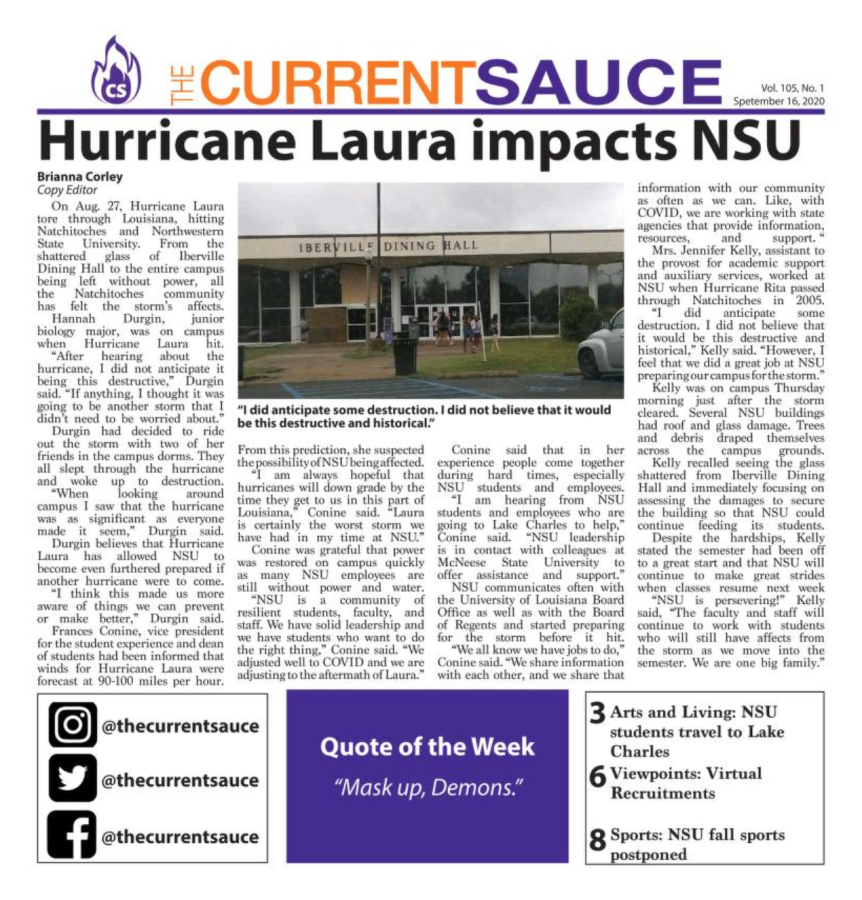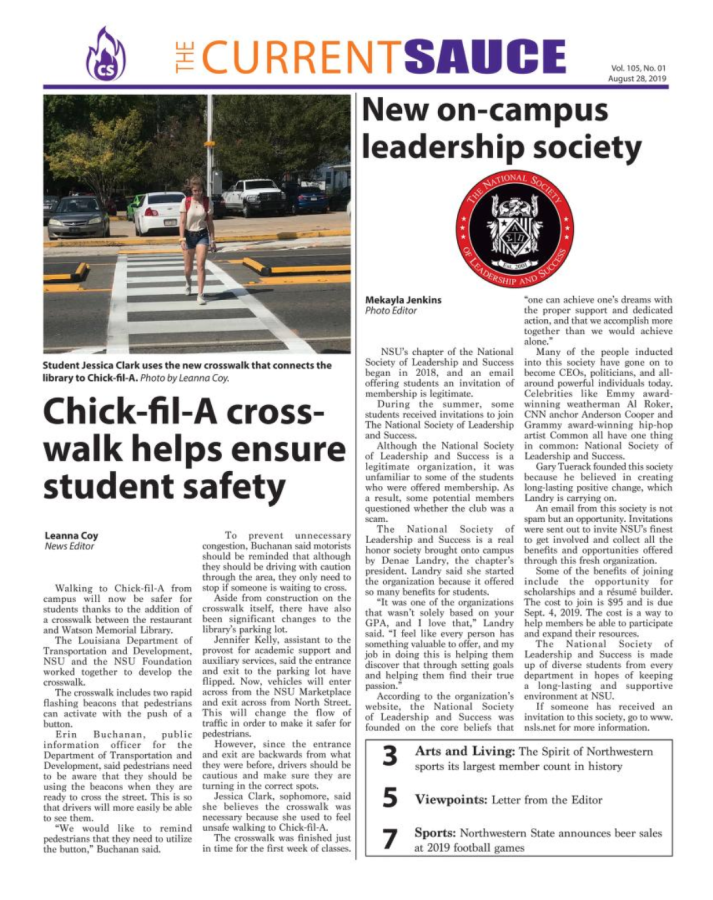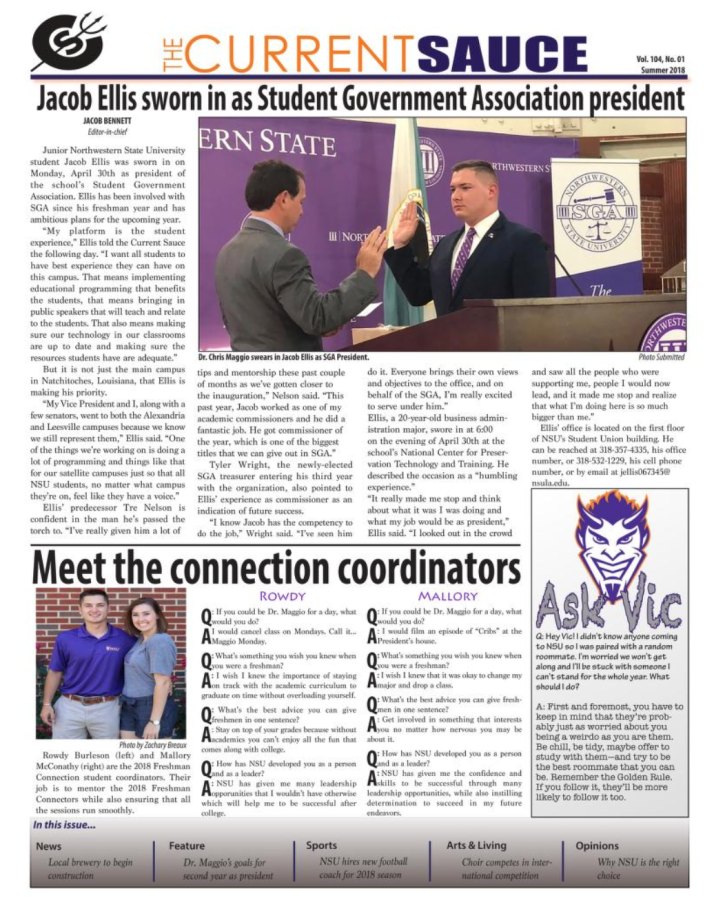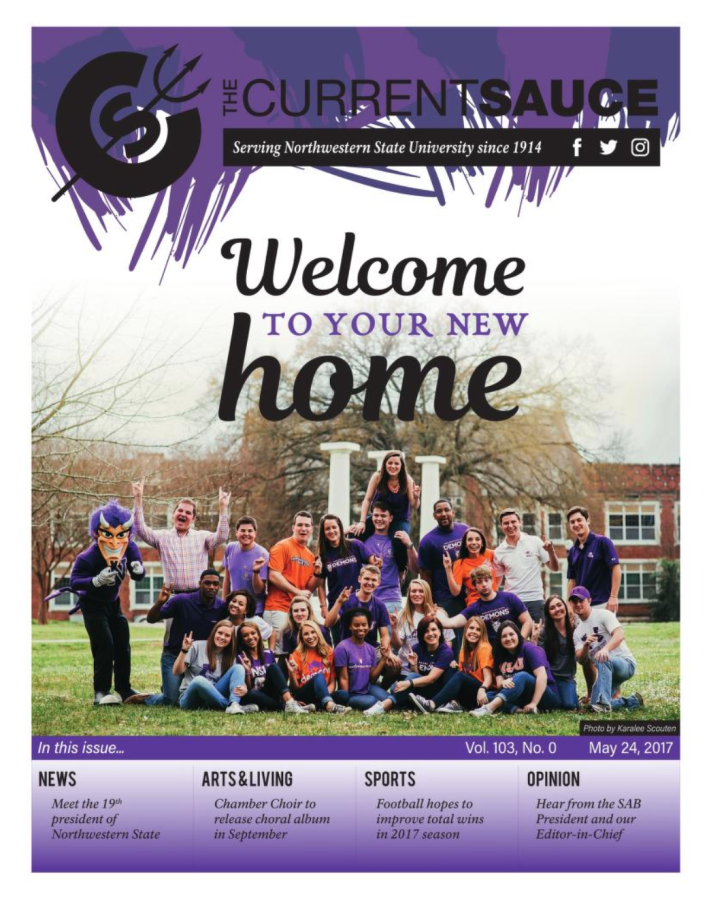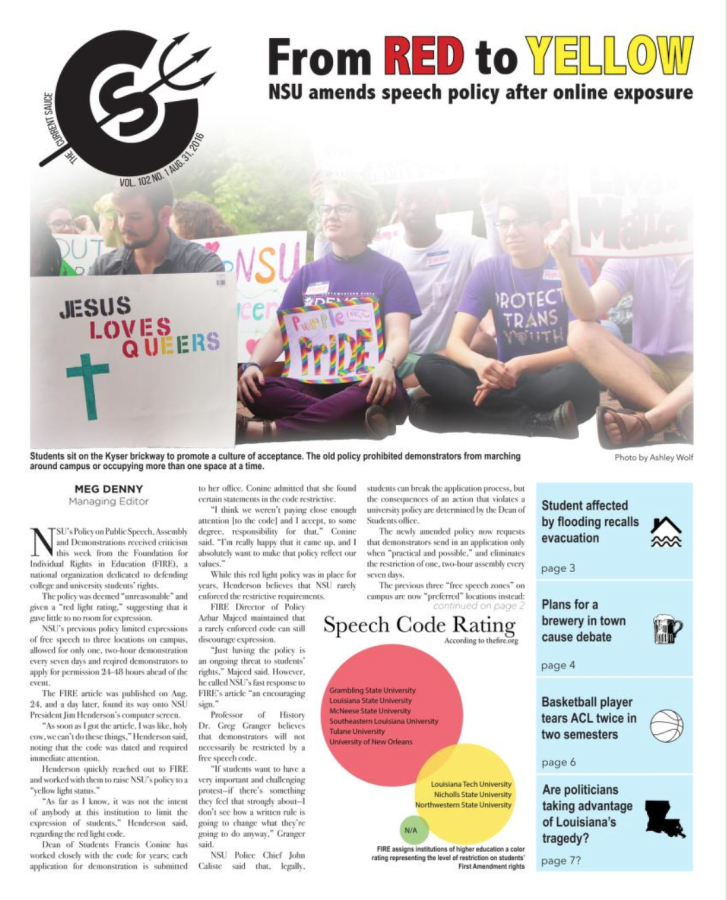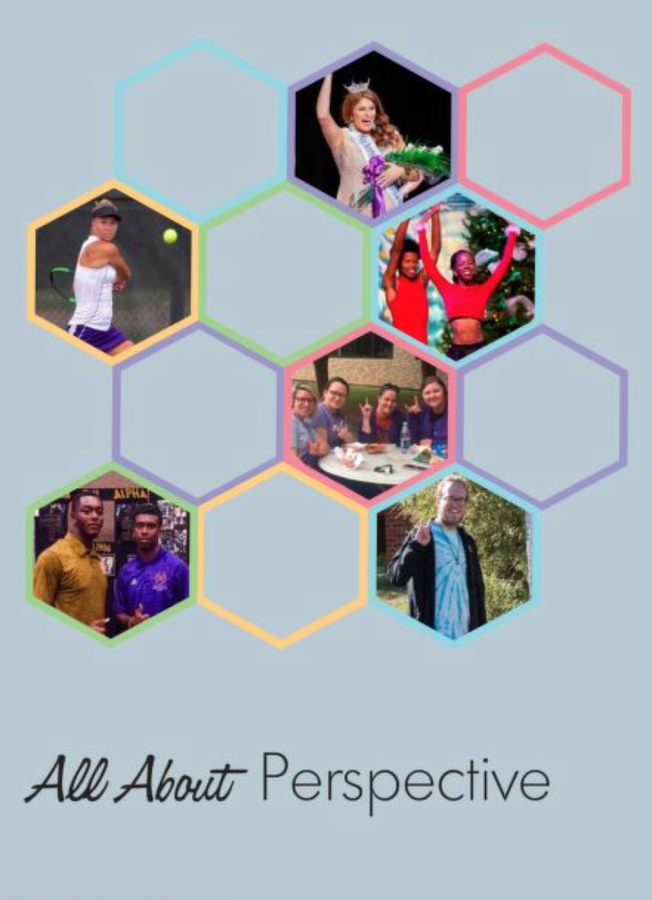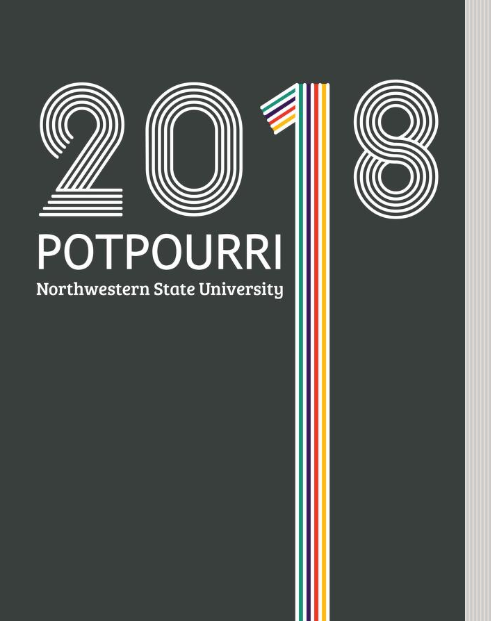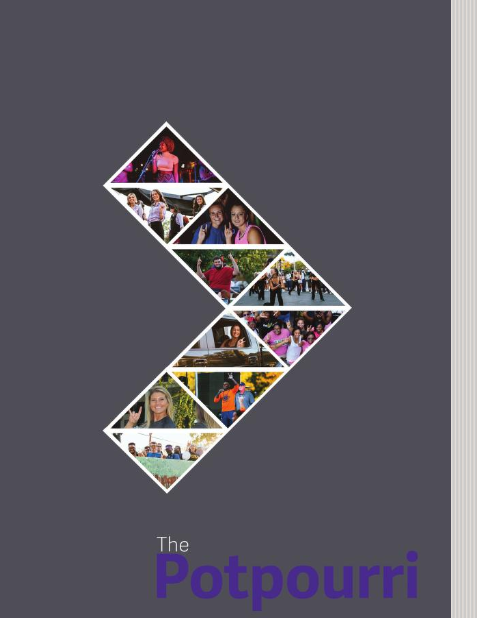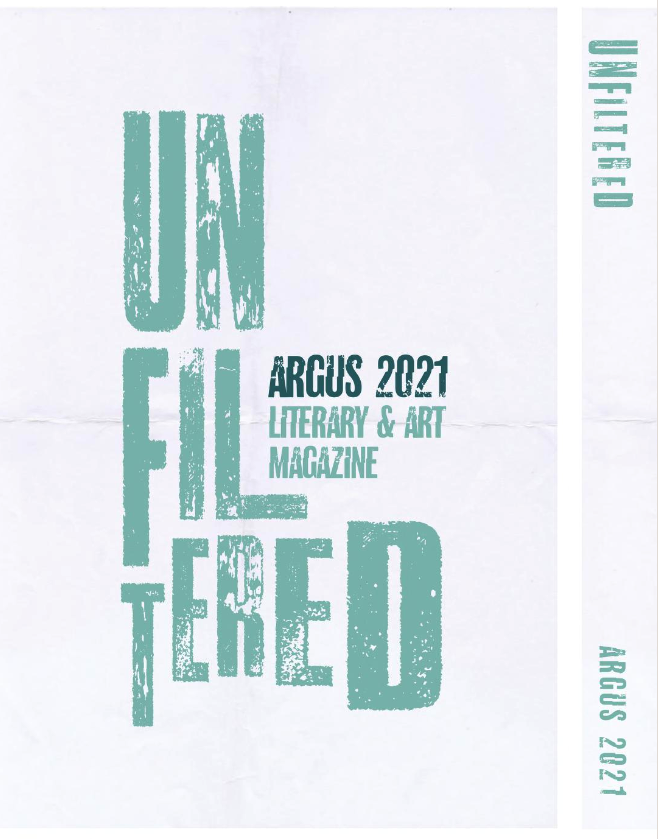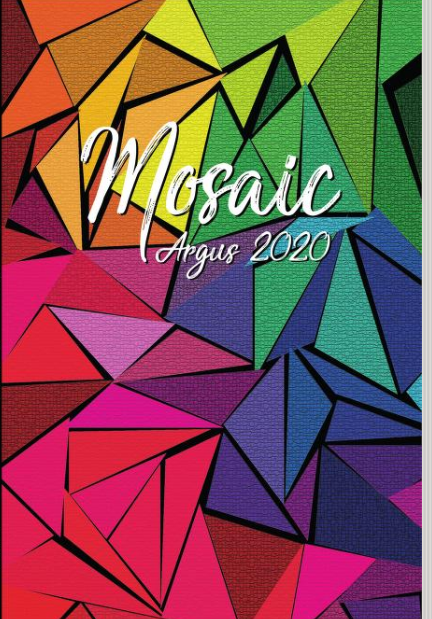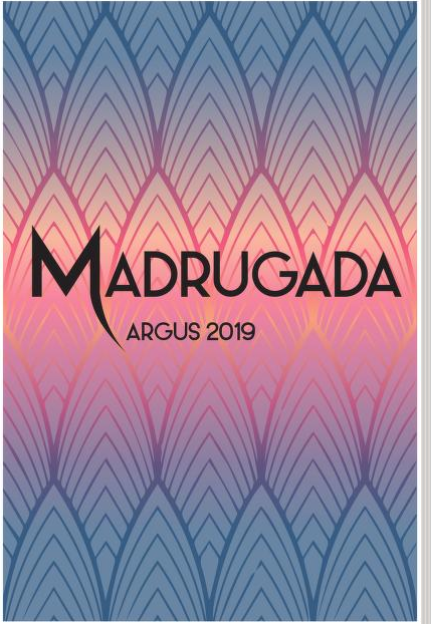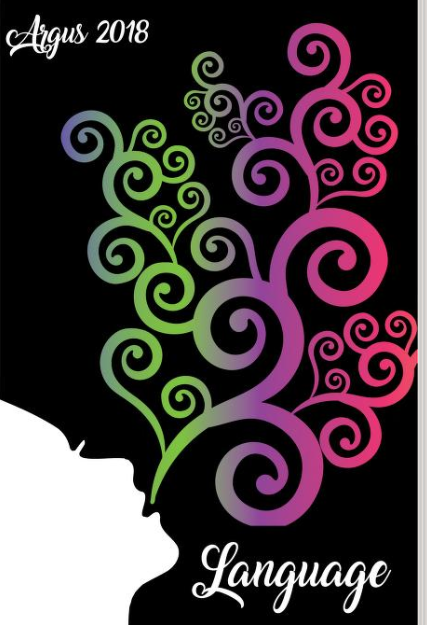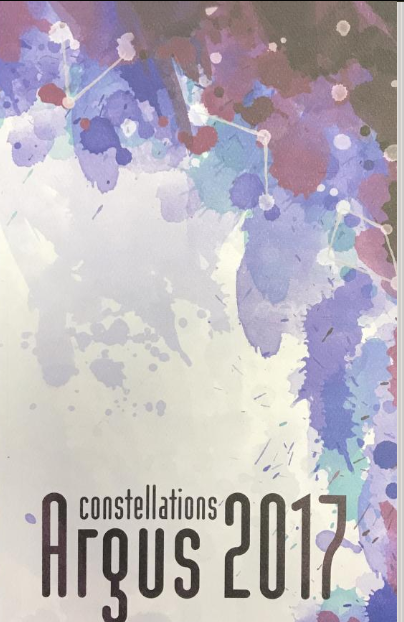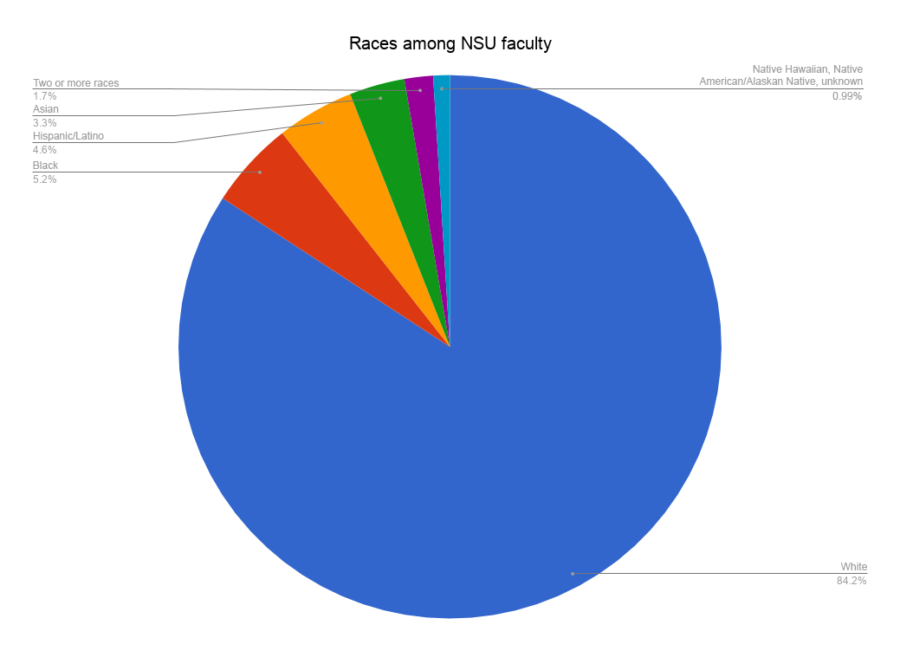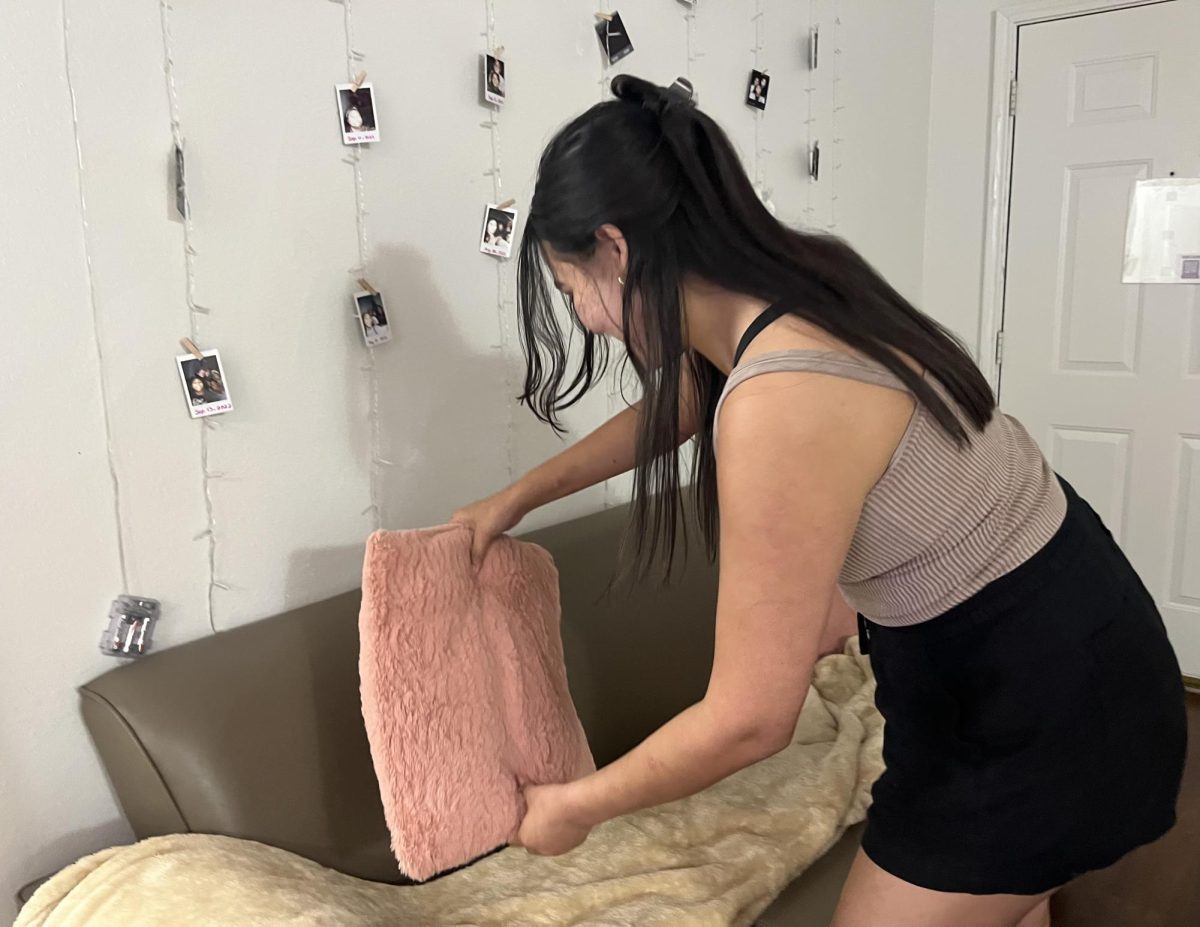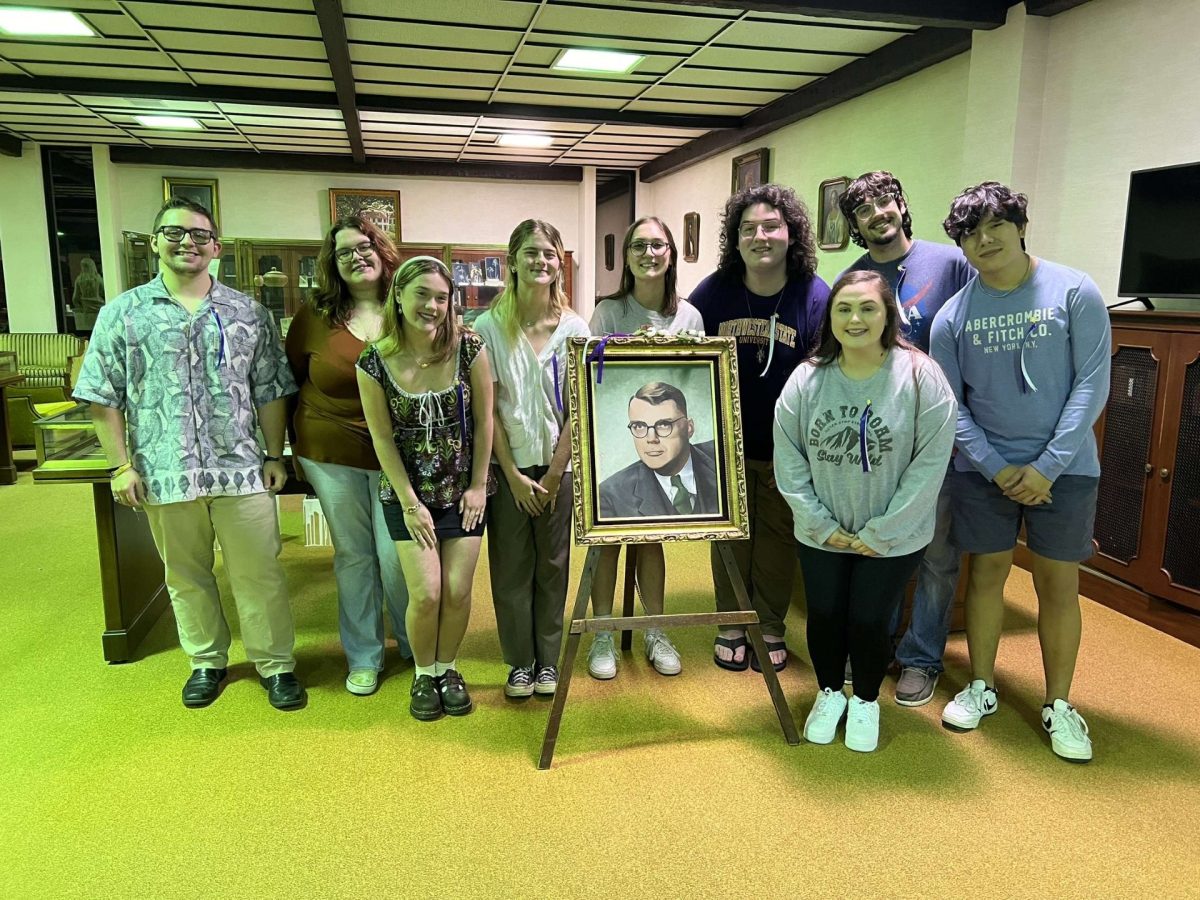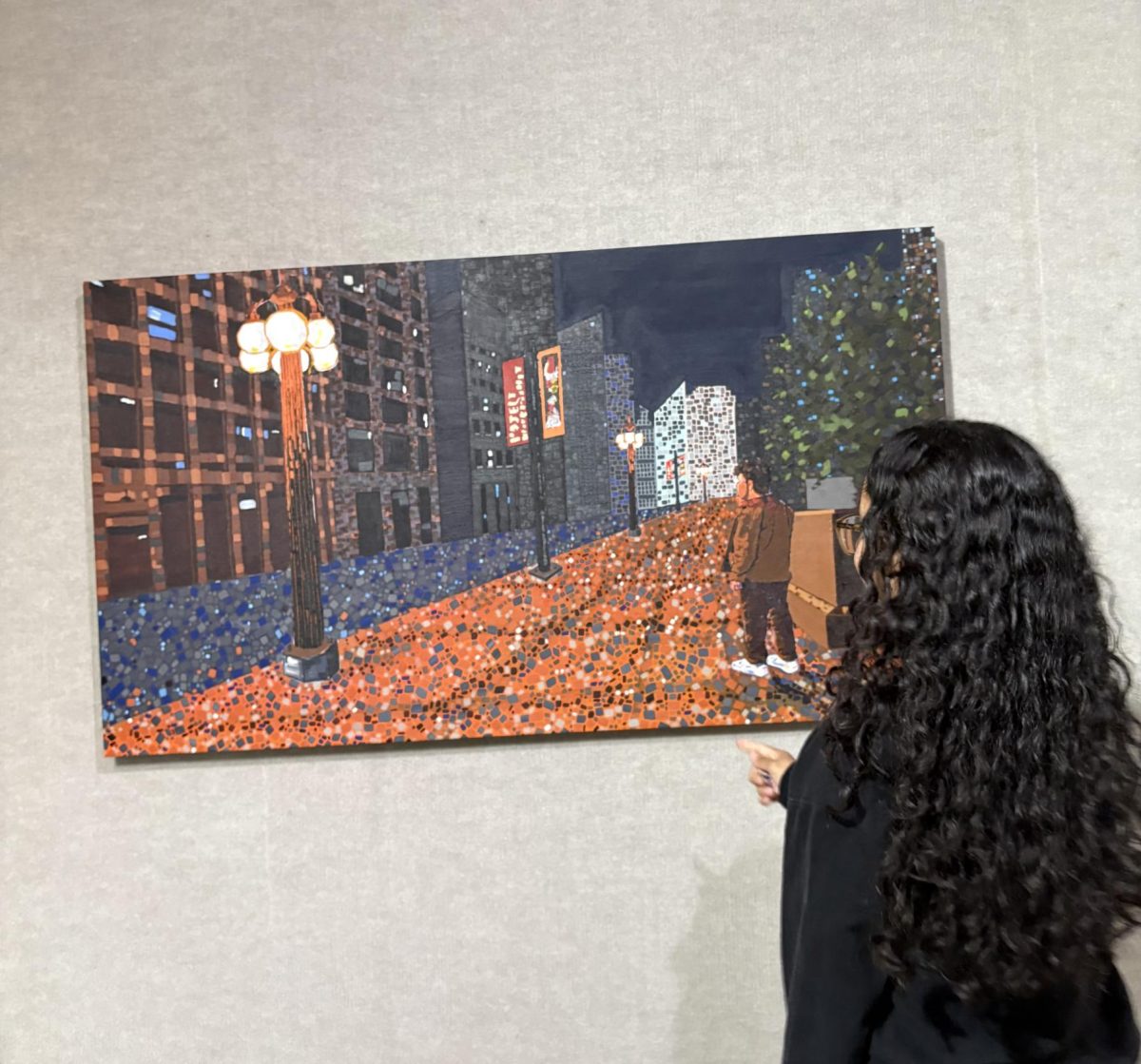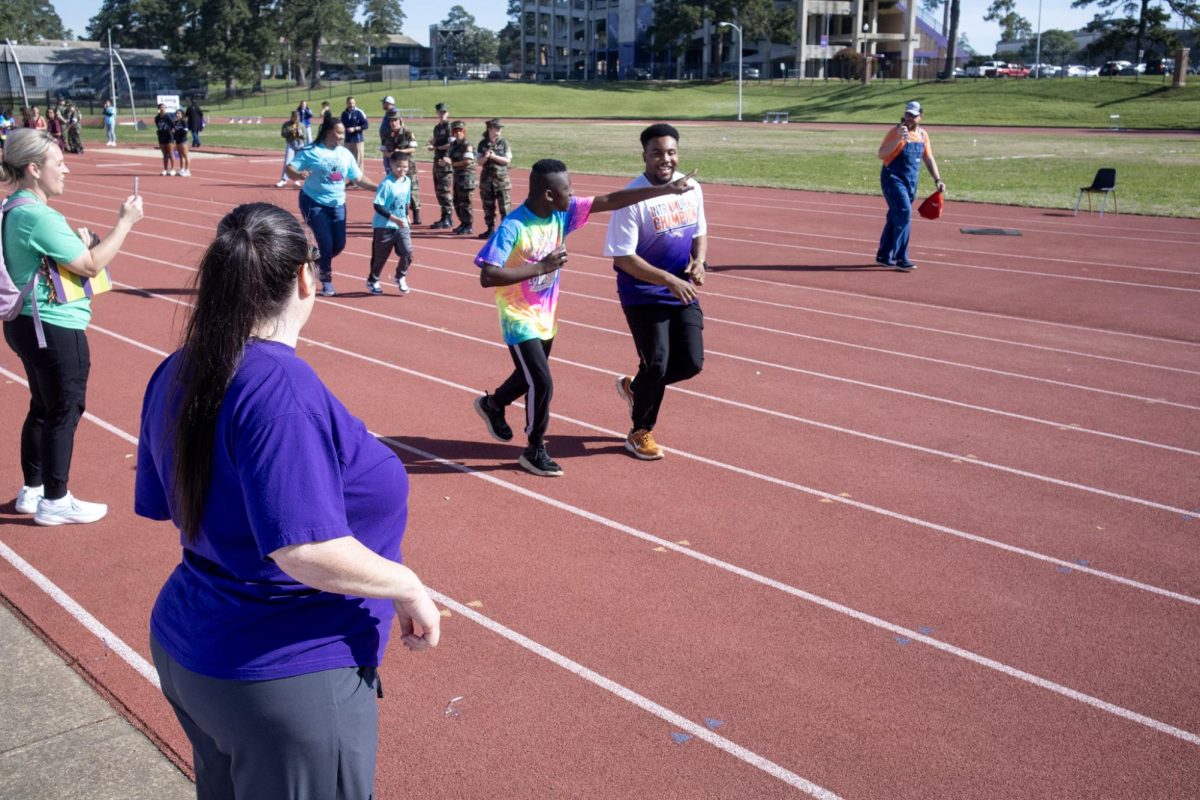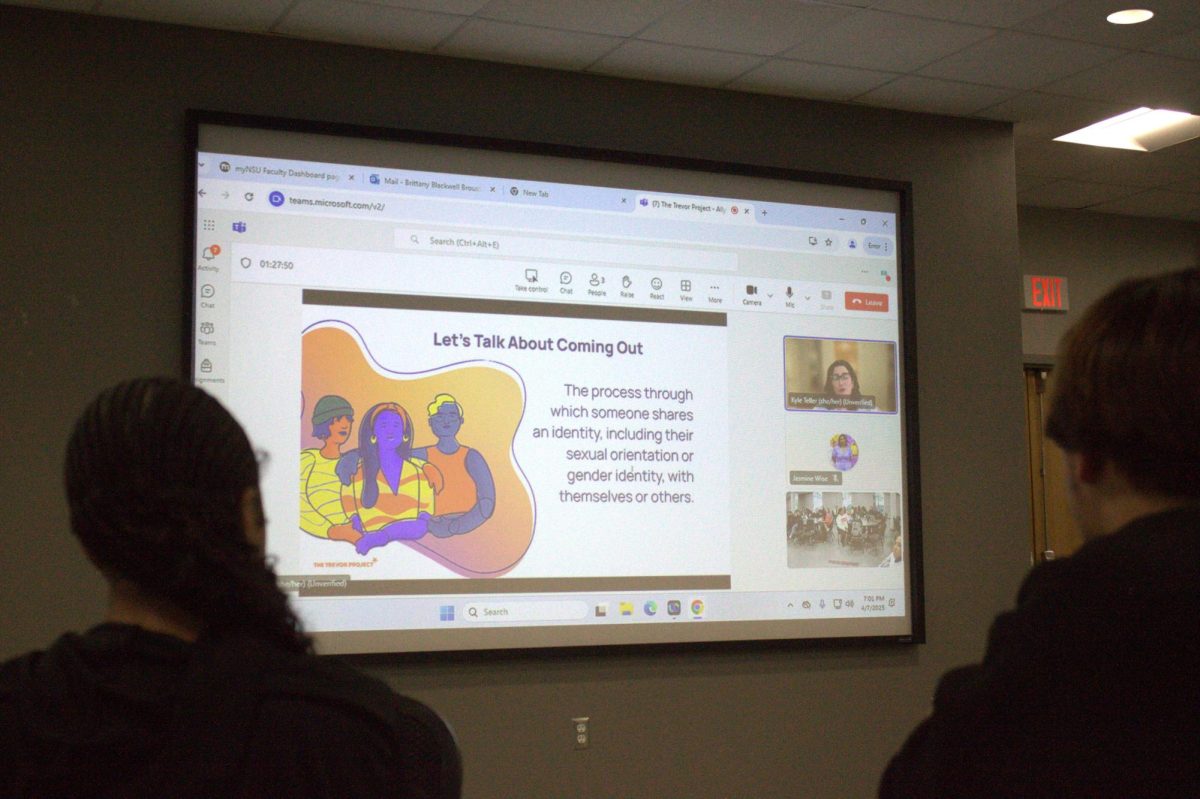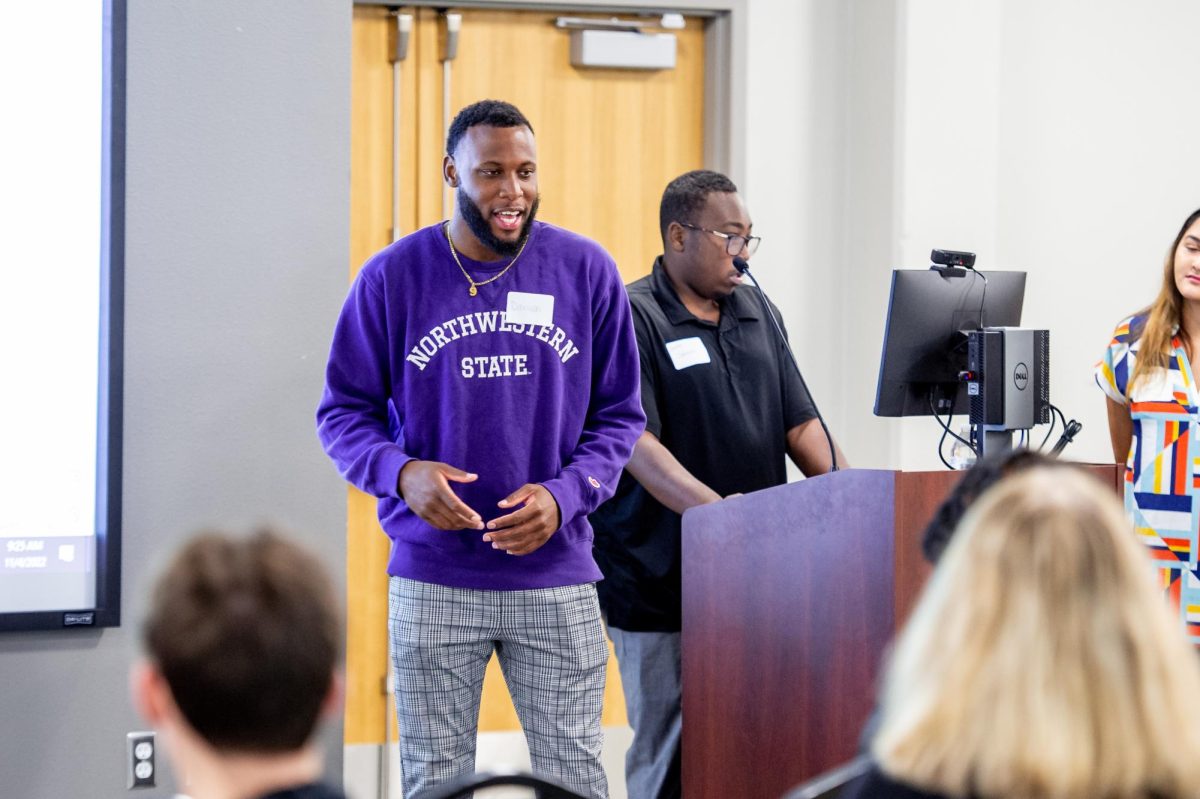With growing minority populations across the U.S., Northwestern State University seems to fall flat with regards to faculty diversity.
“That has been something brought up by other faculty members and students multiple times since I’ve been here,” said Brittany Broussard, coordinator for the Center for Inclusion and Diversity and member of the University Diversity Committee.
Broussard, instructor of psychology and adviser for African-American Caucus, has noticed the diversity among faculty members in all categories is minimal.
A report from the Human Resources department in 2016 broke down the ethnicities of tenured, on tenured track, multi-year contract, annual contract, less-than-annual contract and indefinite duration contract faculty members. This document was based on a survey created by the Integrated Postsecondary Education Data System, a system designed to gather information for the United States Department of Education through the Nation Center for Education Statistics.
In the tenured section, the results show there are 150 total tenured professors, 67 male and 83 female. Across the male category there are three Hispanic/Latino associate professors, one Asian professor, two Asian associate professors and one professor and one associate professor who identify as two or more races.
Comparatively for women, there is one professor, an associate and one assistant who identify as Hispanic/Latina, one Native American/Alaskan Native, one Asian assistant professor, one black professor, two black associate professors and one black assistant professor.
This is just a small portion of the data presented in the survey, but the overall trends are similar. Across all the previously mentioned categories, there are 303 professors: 123 men and 180 women.
Sixteen are black, 14 are Hispanic/Latino, 10 are Asian, five identify as two or more races, one is Native American/Alaskan Native, one is Native Hawaiian and one is unknown.
With a subject like diversity, it can be difficult to see the line between being inclusive, having token people and trying to over-diversify in an attempt to appear socially aware to prospective students. Broussard suggests actively recruiting in places outside the southern U.S. and seeking out different types of professors.
She also suggested having more open discussions and education for faculty about diversity as well as diverse curriculums, such as African-American studies, gender studies, class
es on different religions and more.
“University Diversity Committee will be meeting soon to go over the results of that student climate survey we sent out last semester,” Broussard said. These results will show how a portion of the students feel about the campus.
Dr. J. Andrew Briseño described his experience as an interracial Chicano, a person of Mexican descent born in the U.S.
“Individuals of interracial Mexicans, such as myself, are clearly identified as a third racial group,” he said.
Briseño talked about the difference between races and how they are treated, especially in smaller towns mostly made up of Mexicans, while the line is blurred in larger and more diverse cities.
While Briseño specifically talked about his own experience, this sentiment can be applied to other racial groups. This idea is something to think about when looking at race, especially among faculty to ensure people are being represented no matter how dark or light their skin is.



